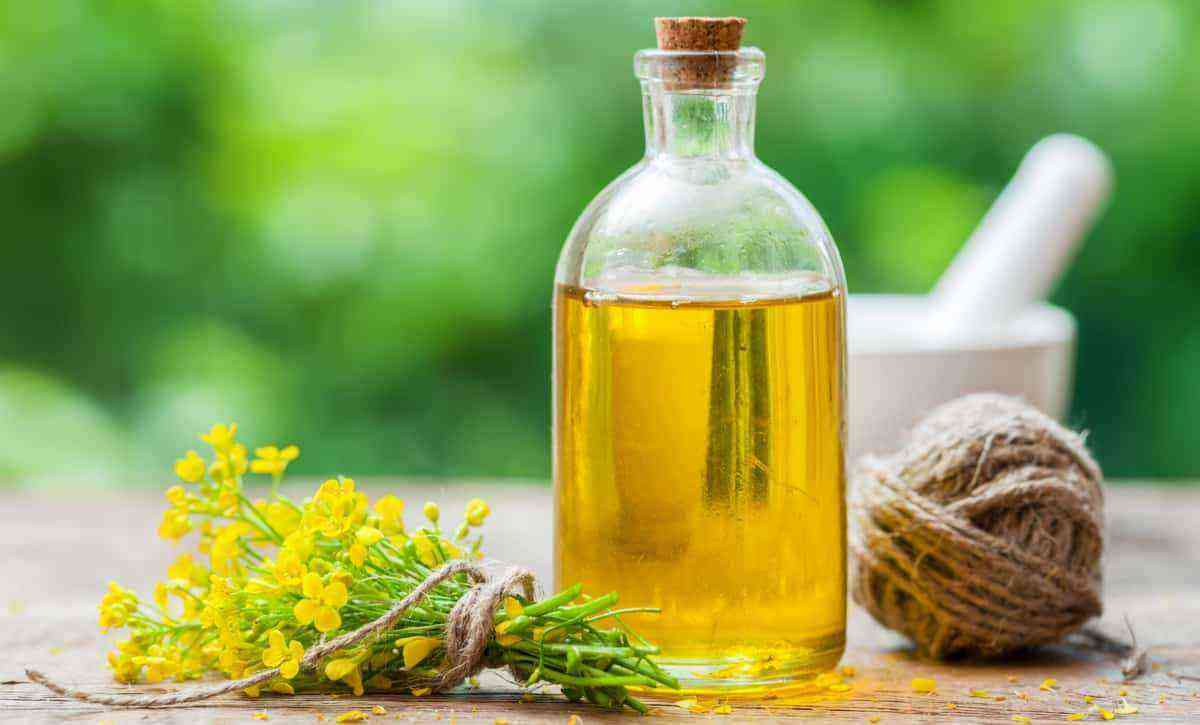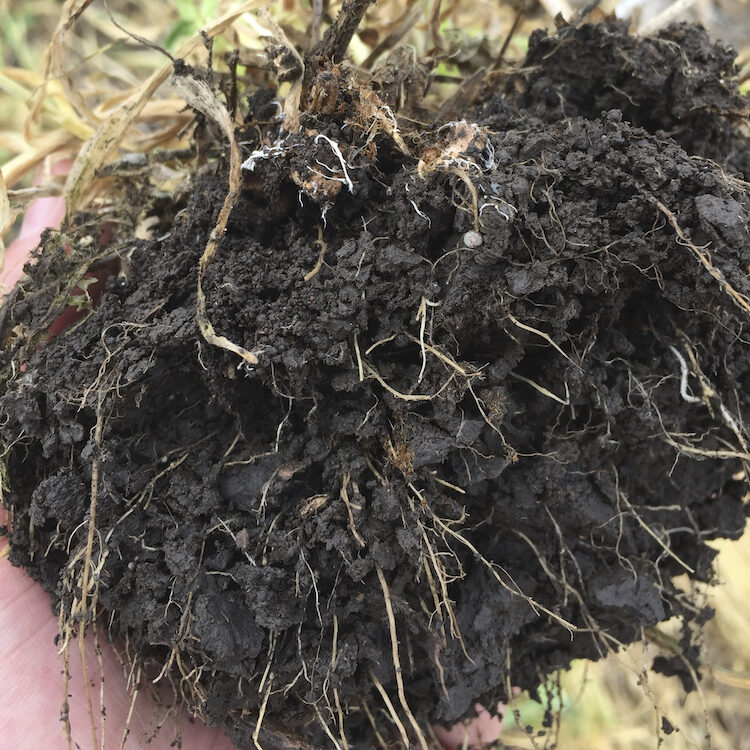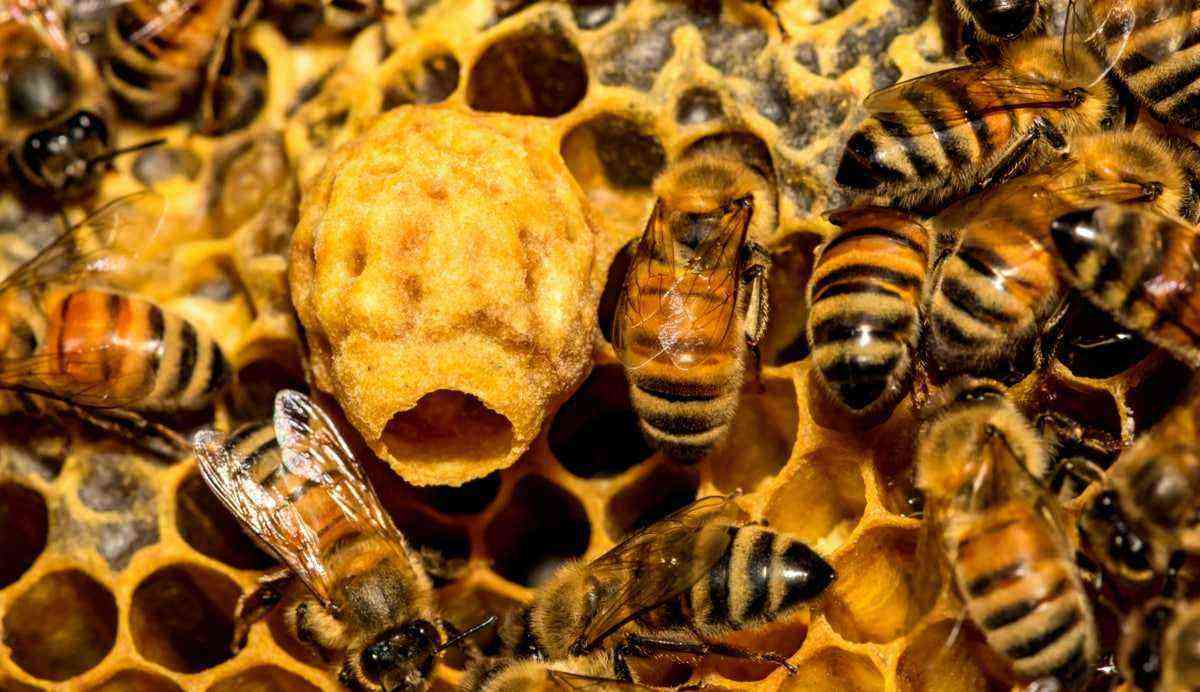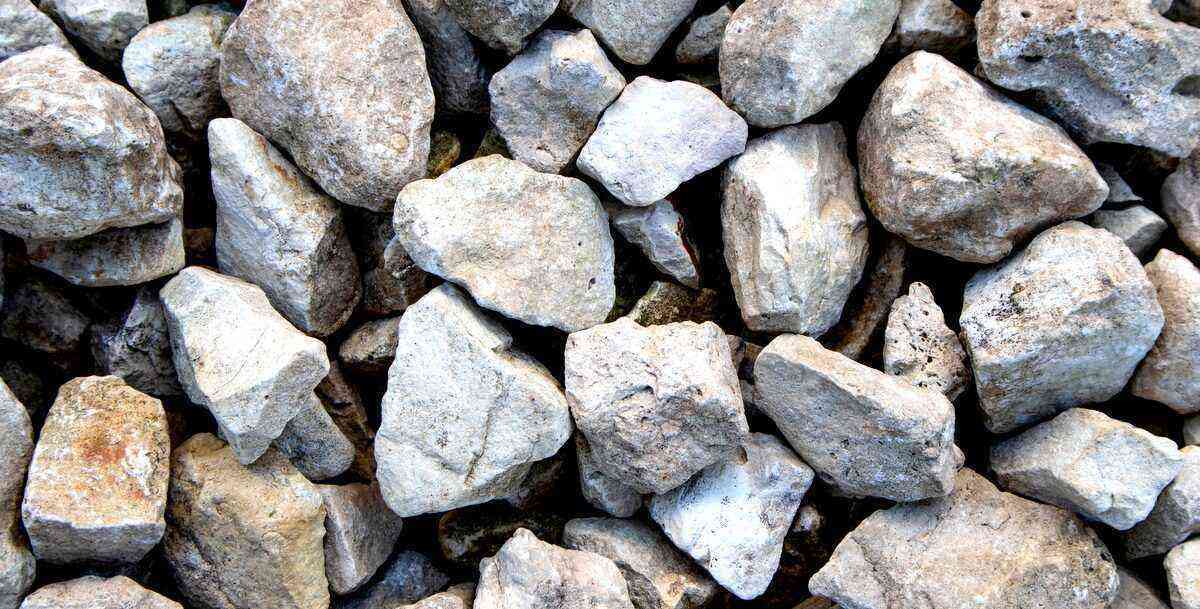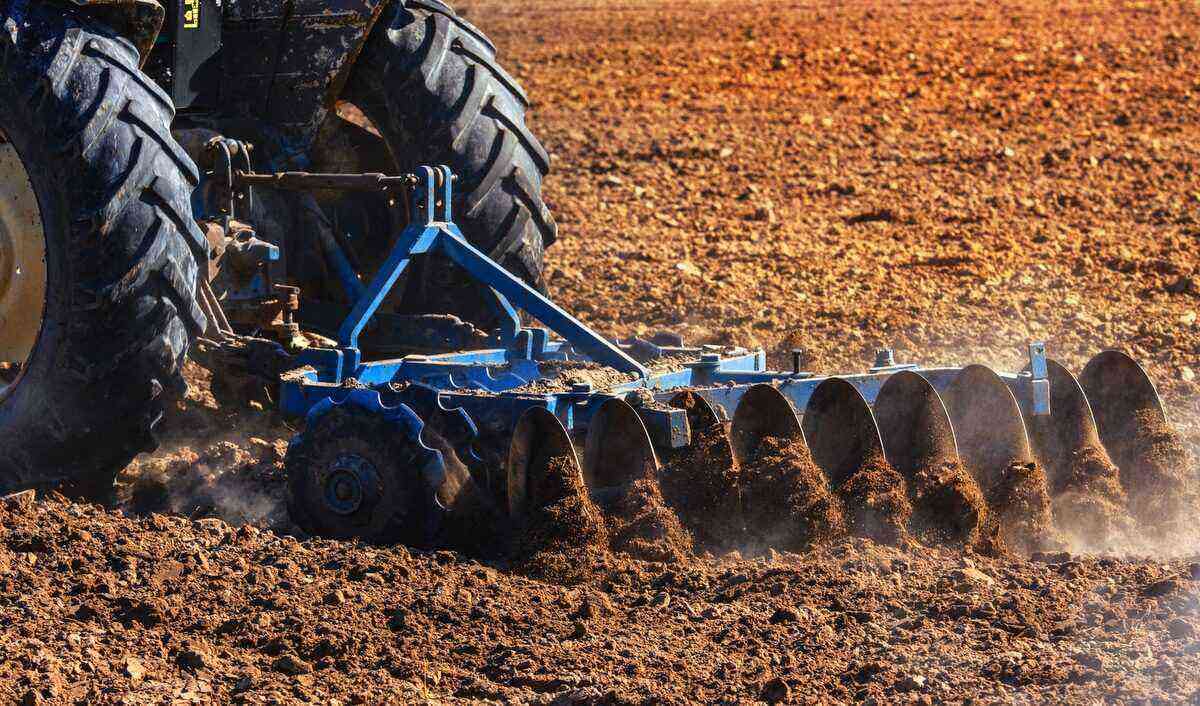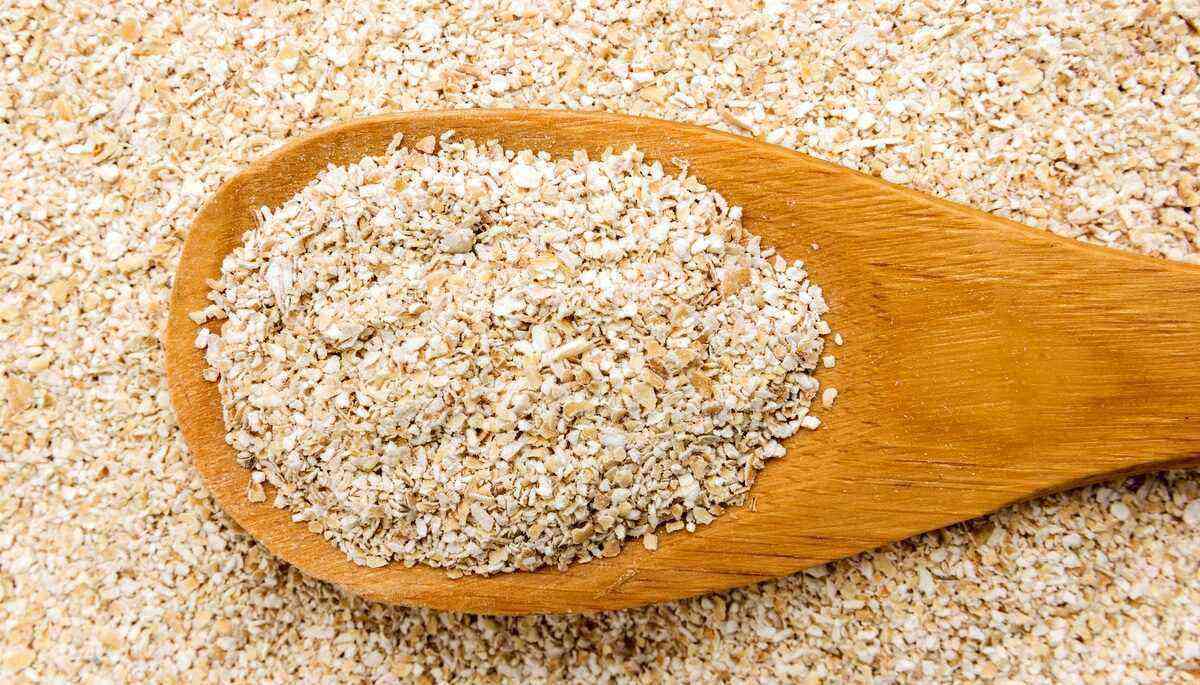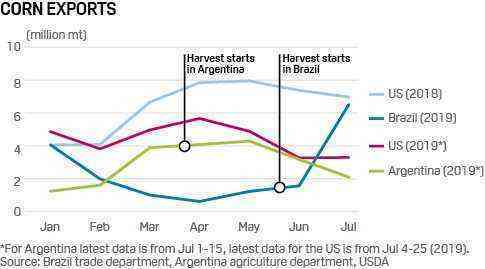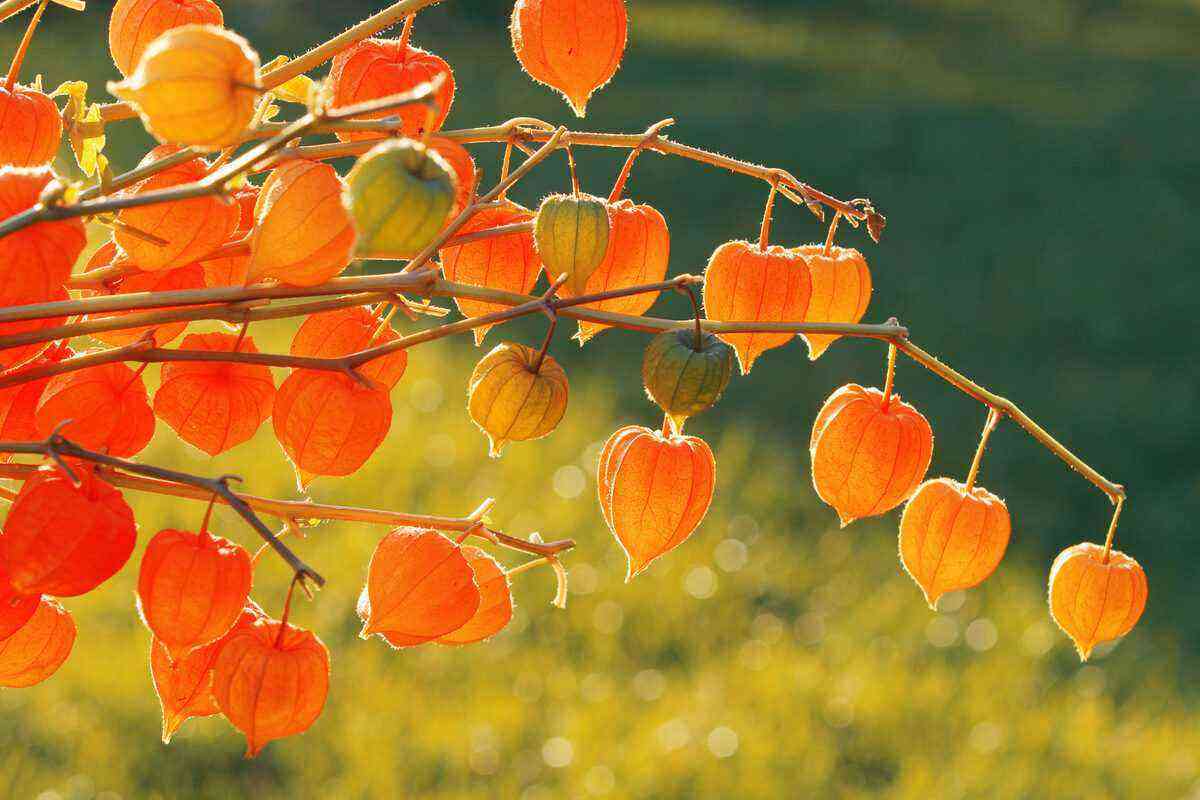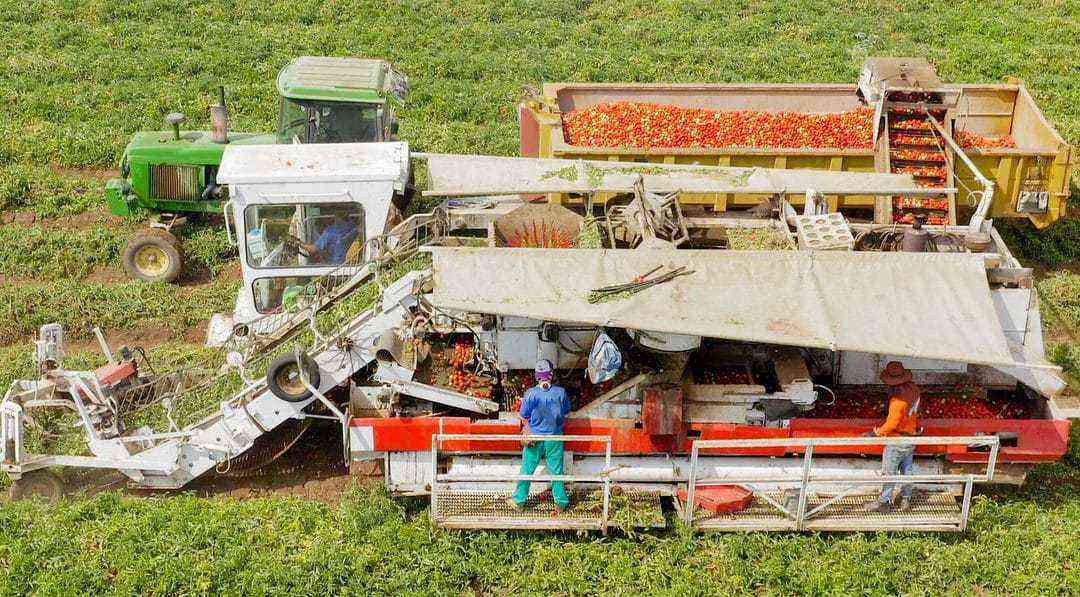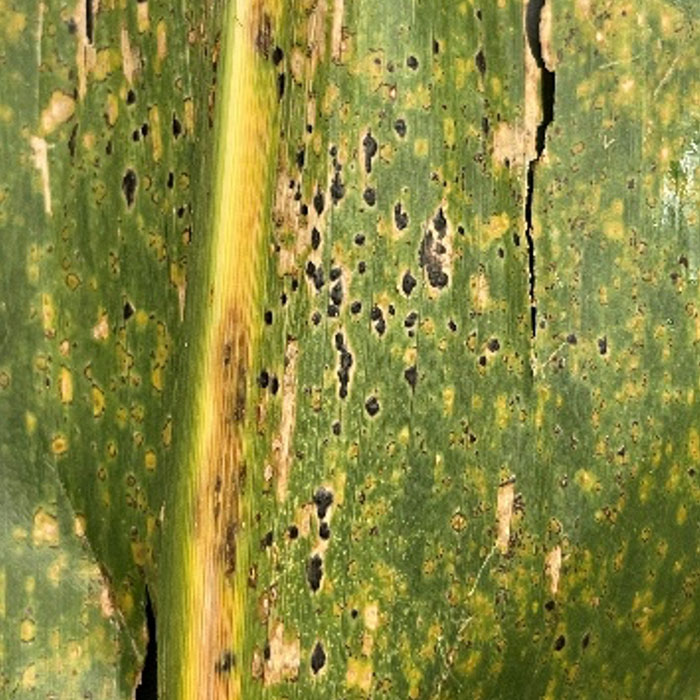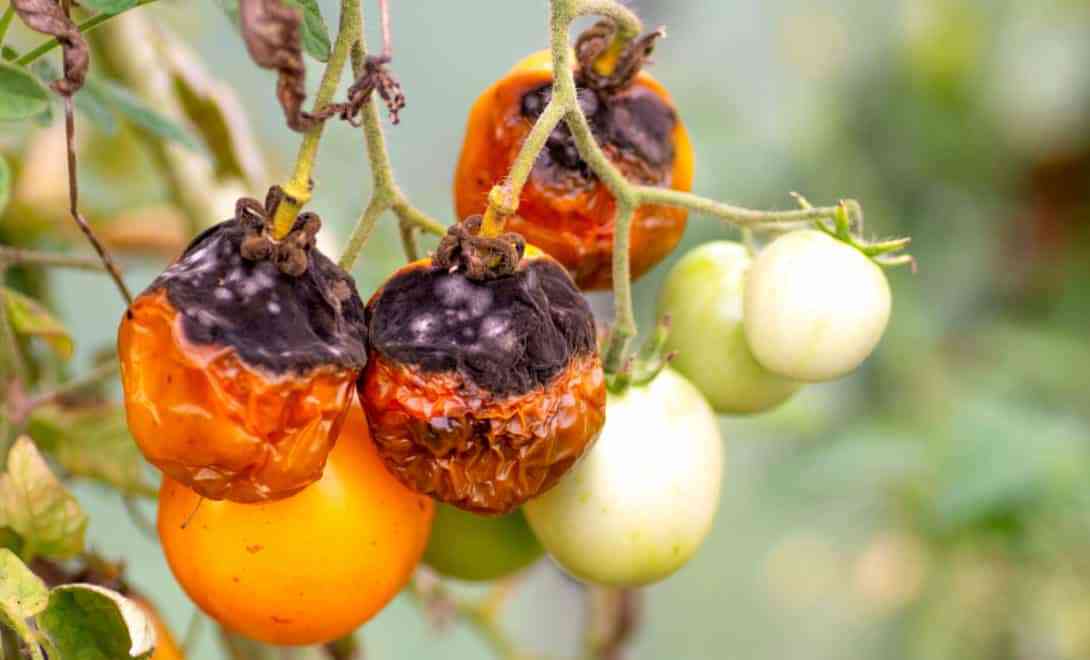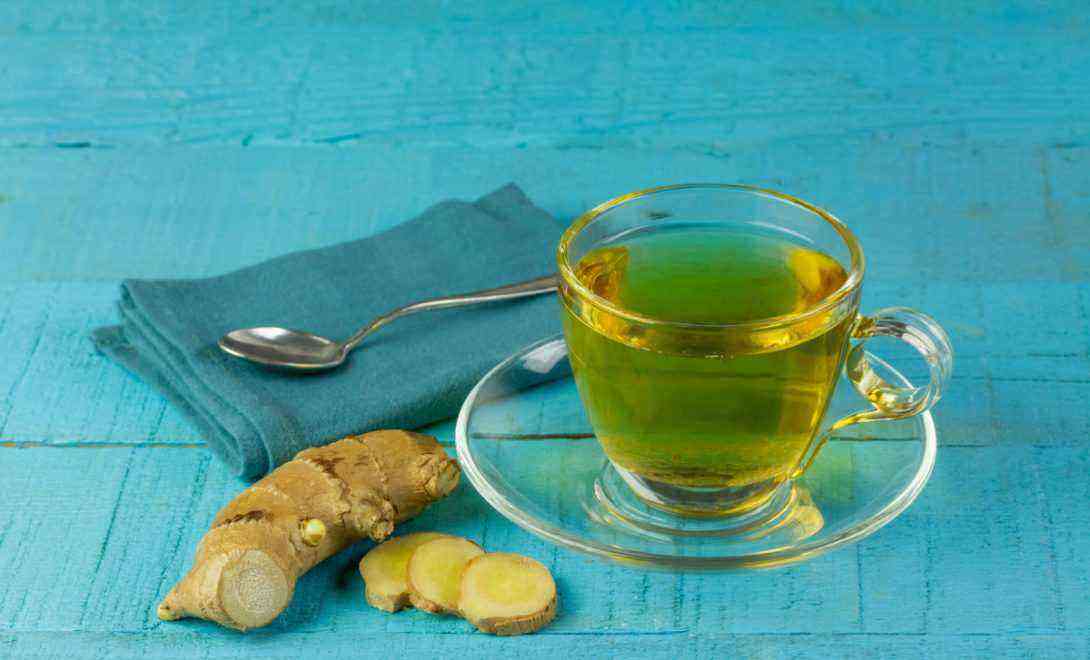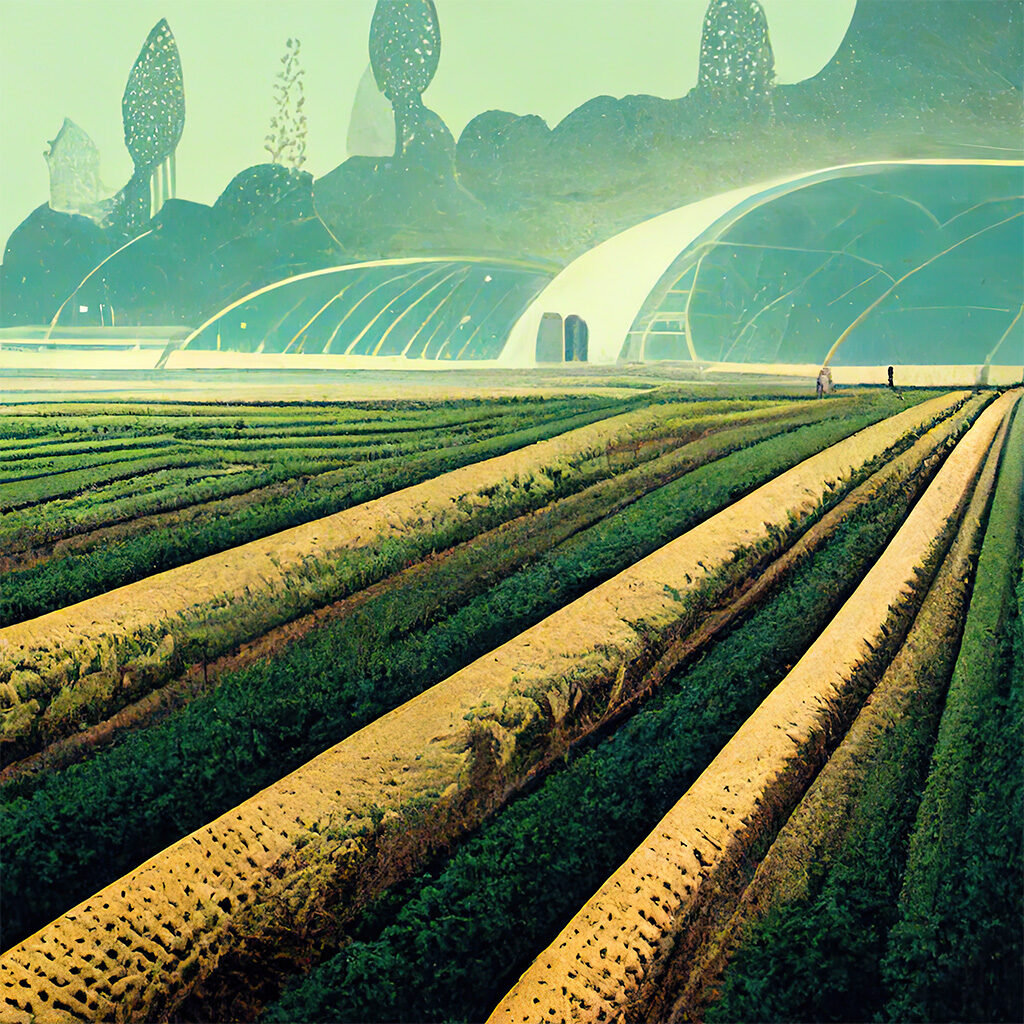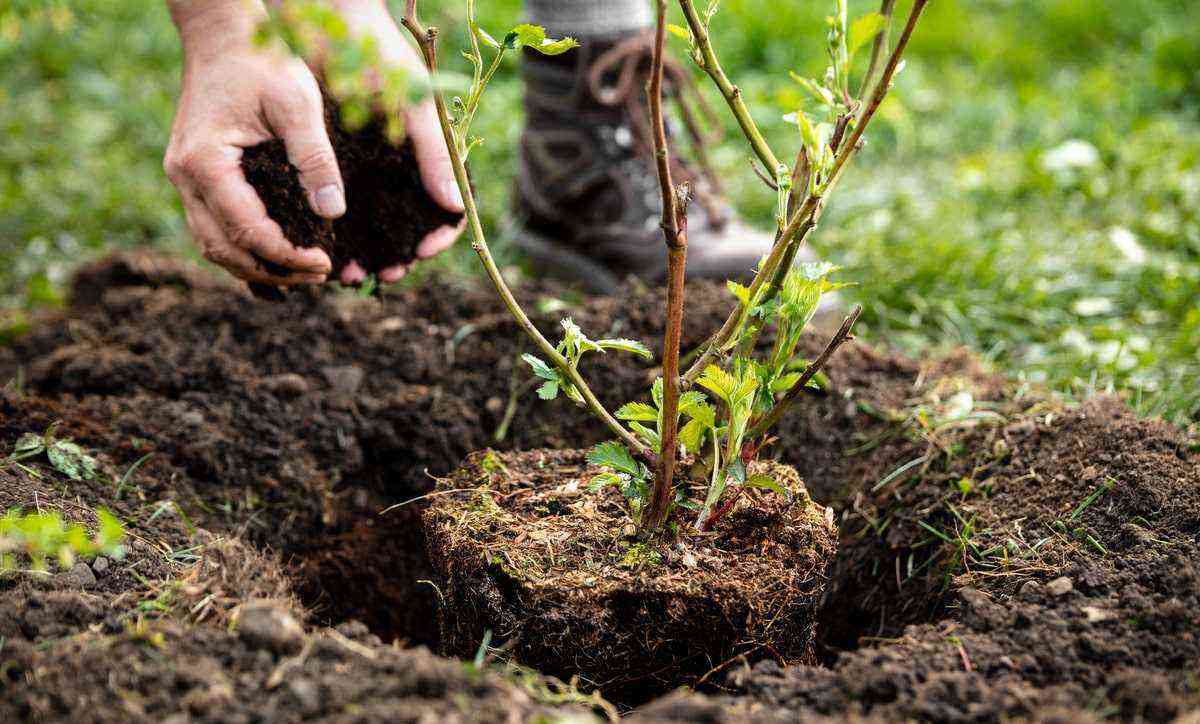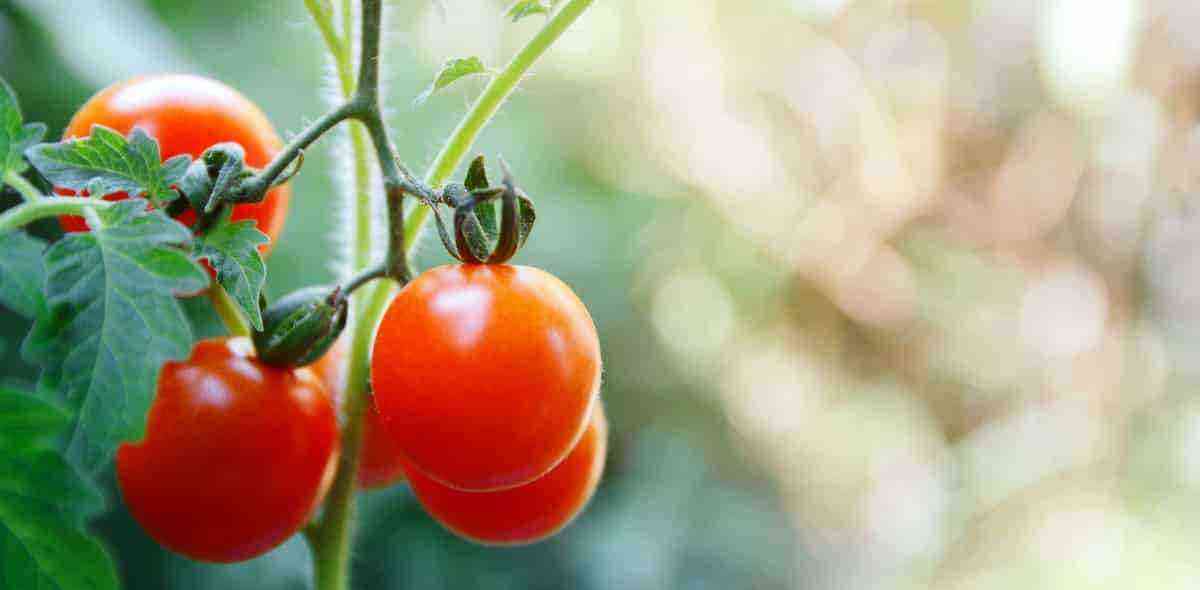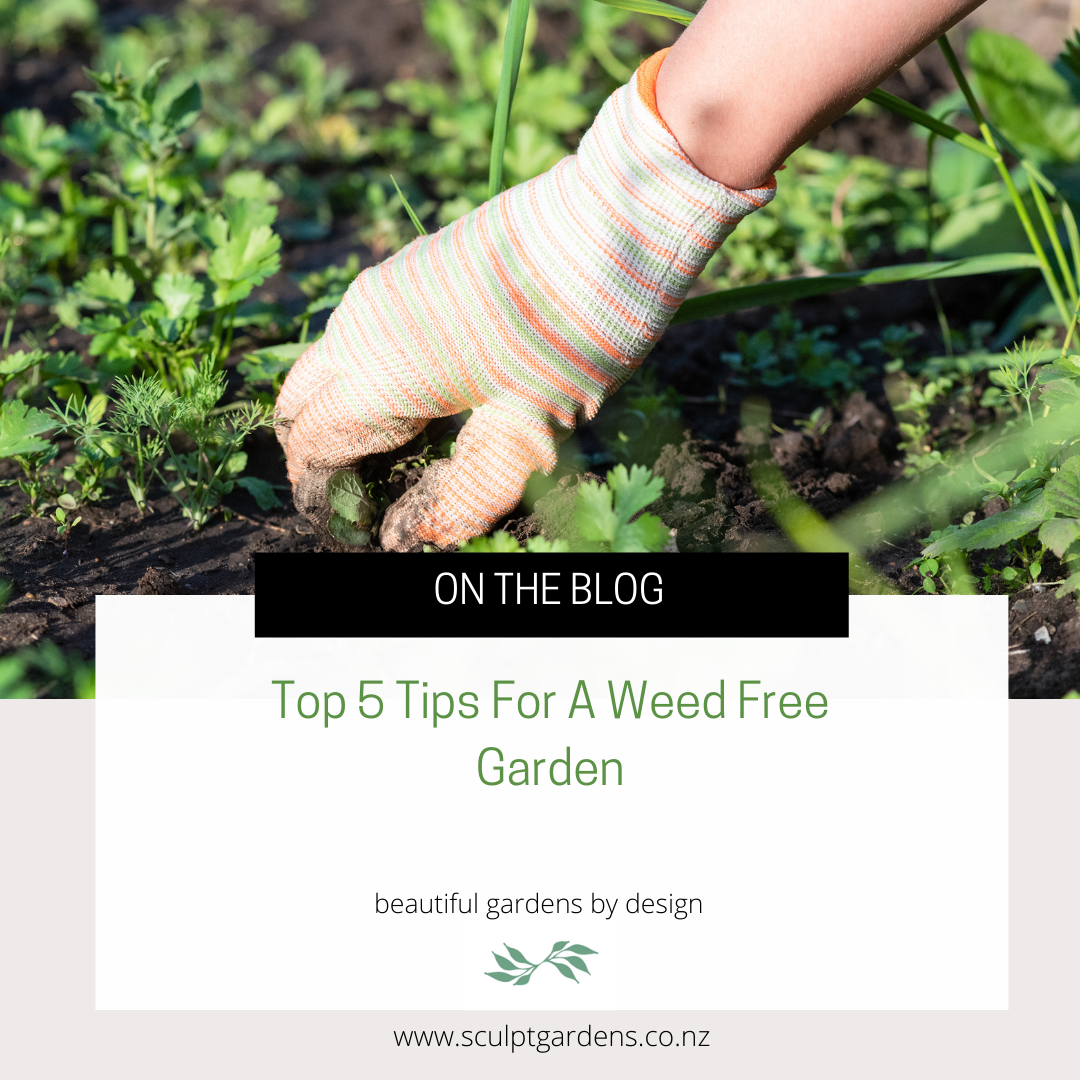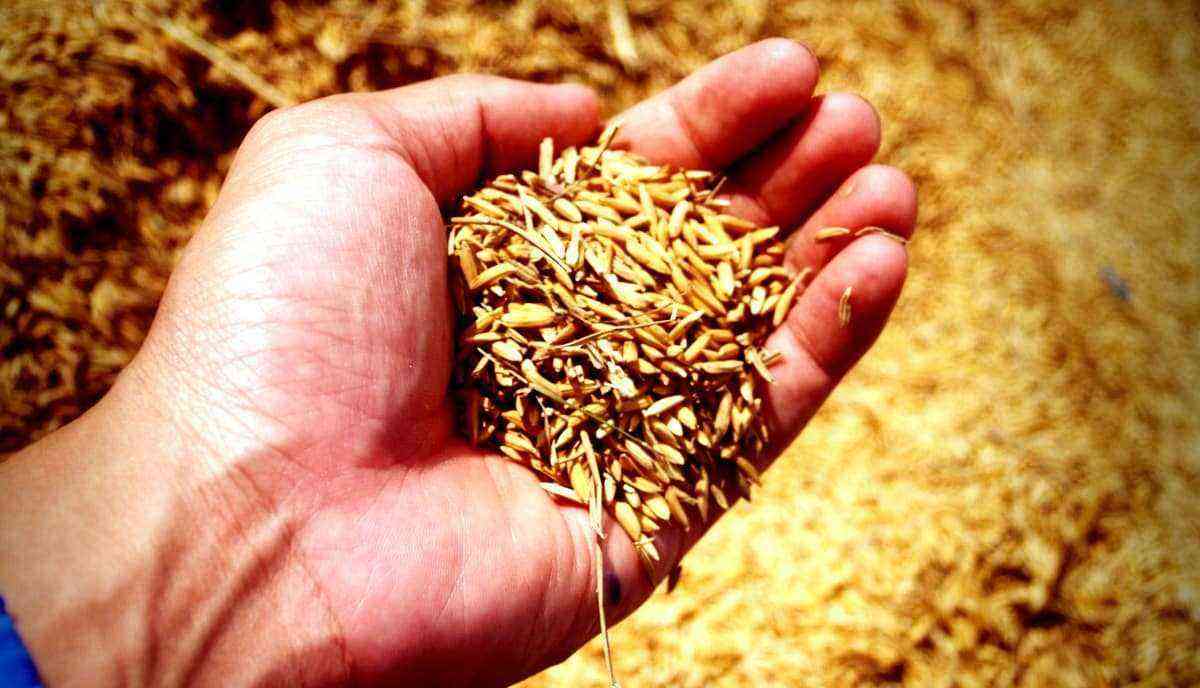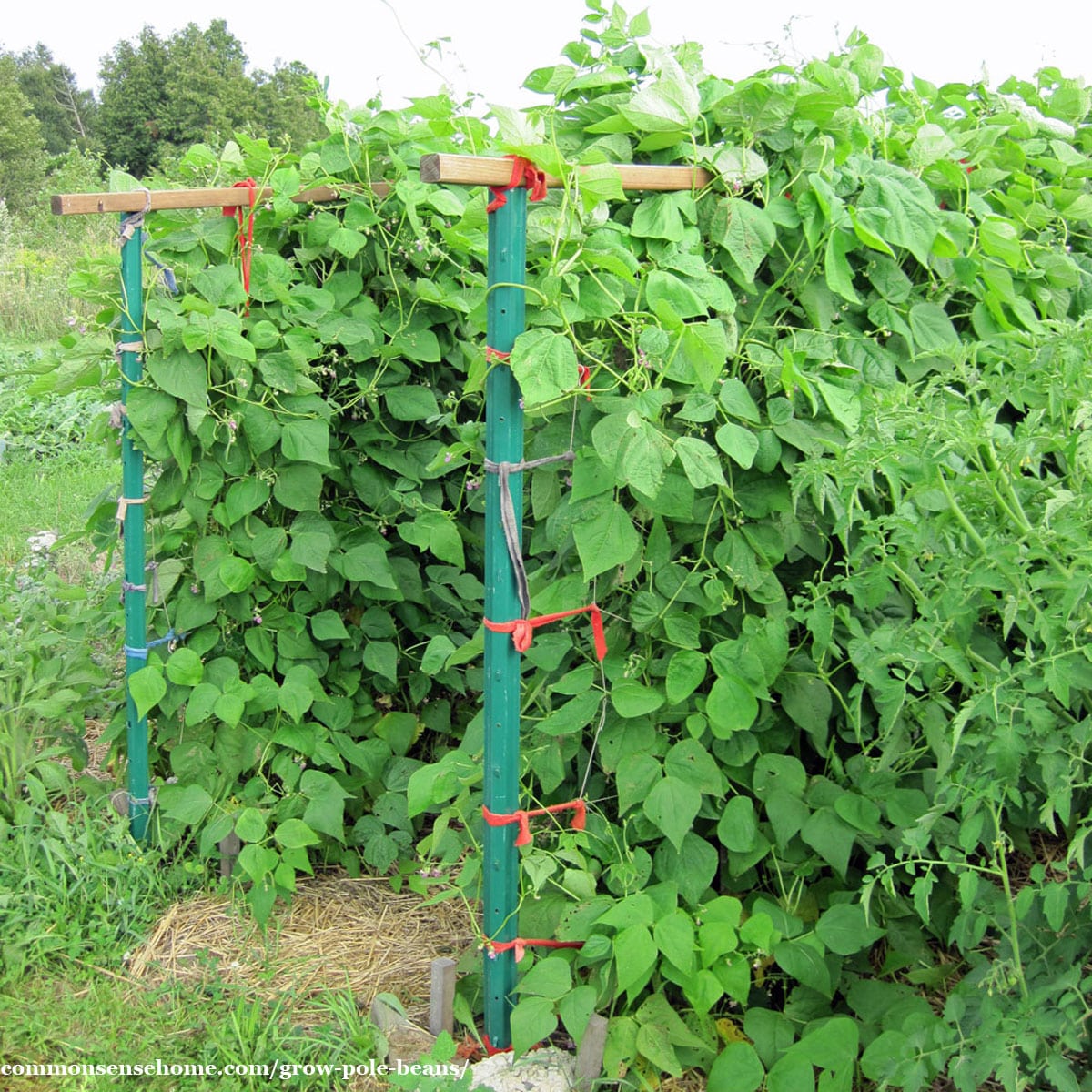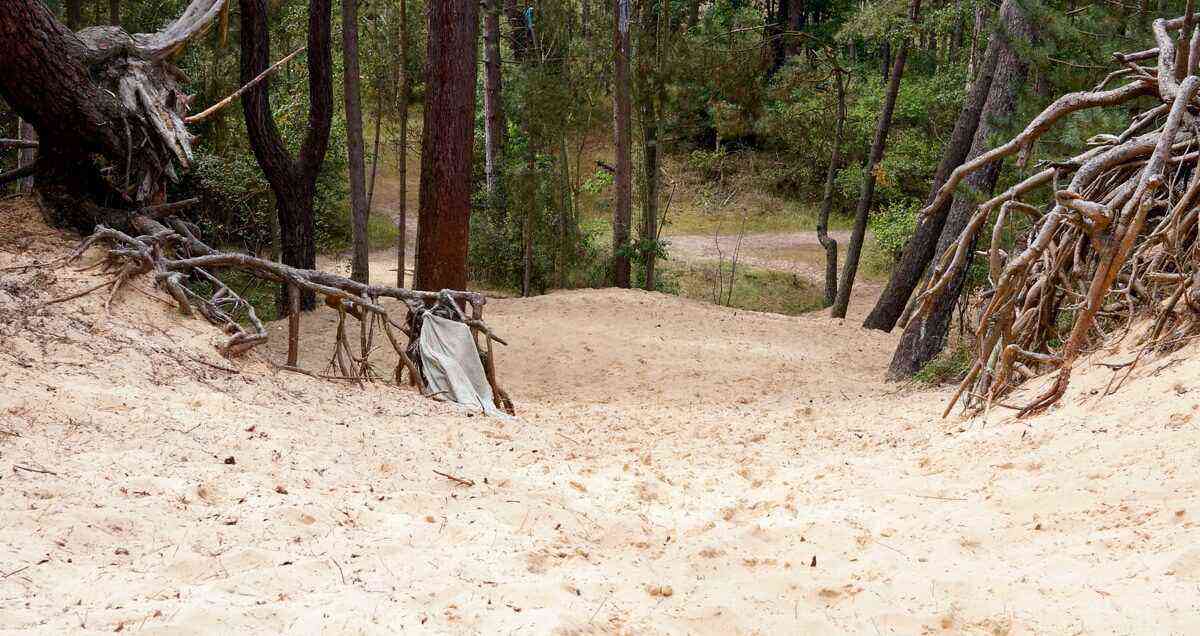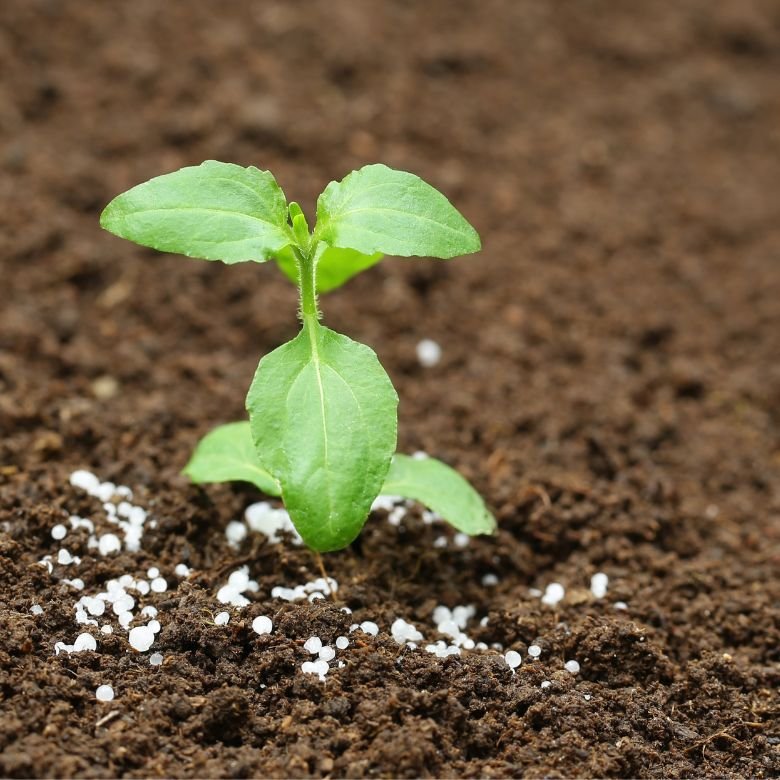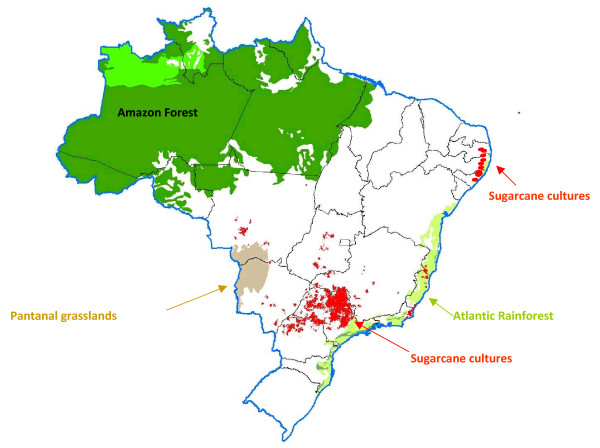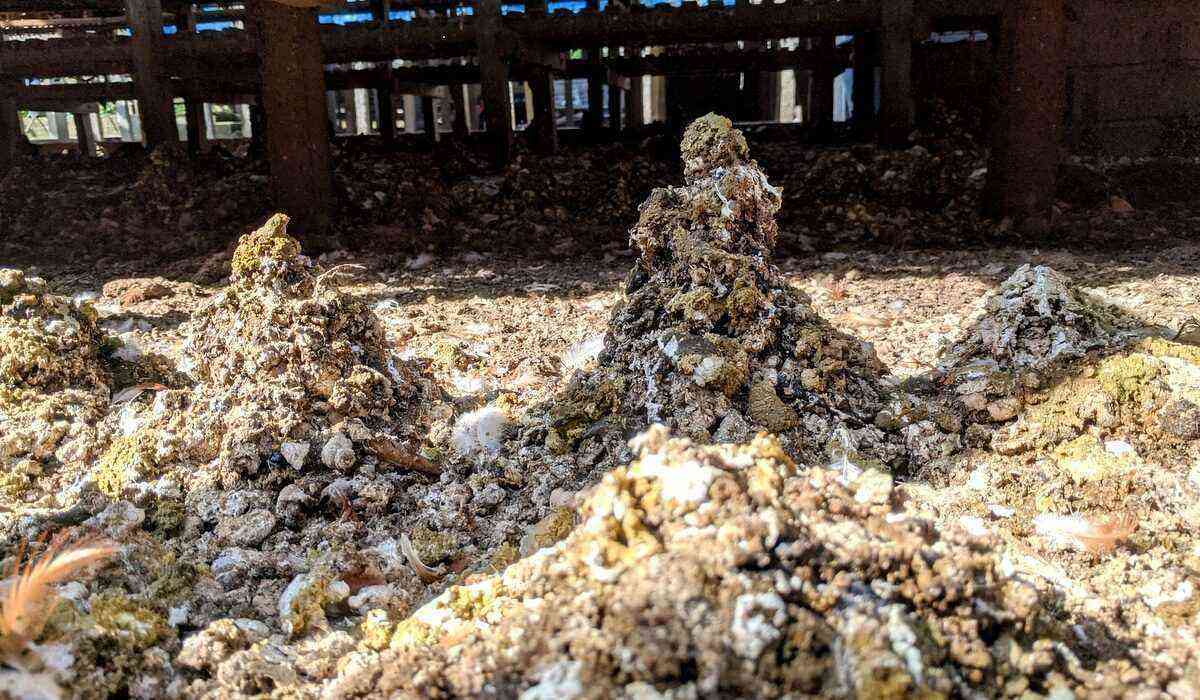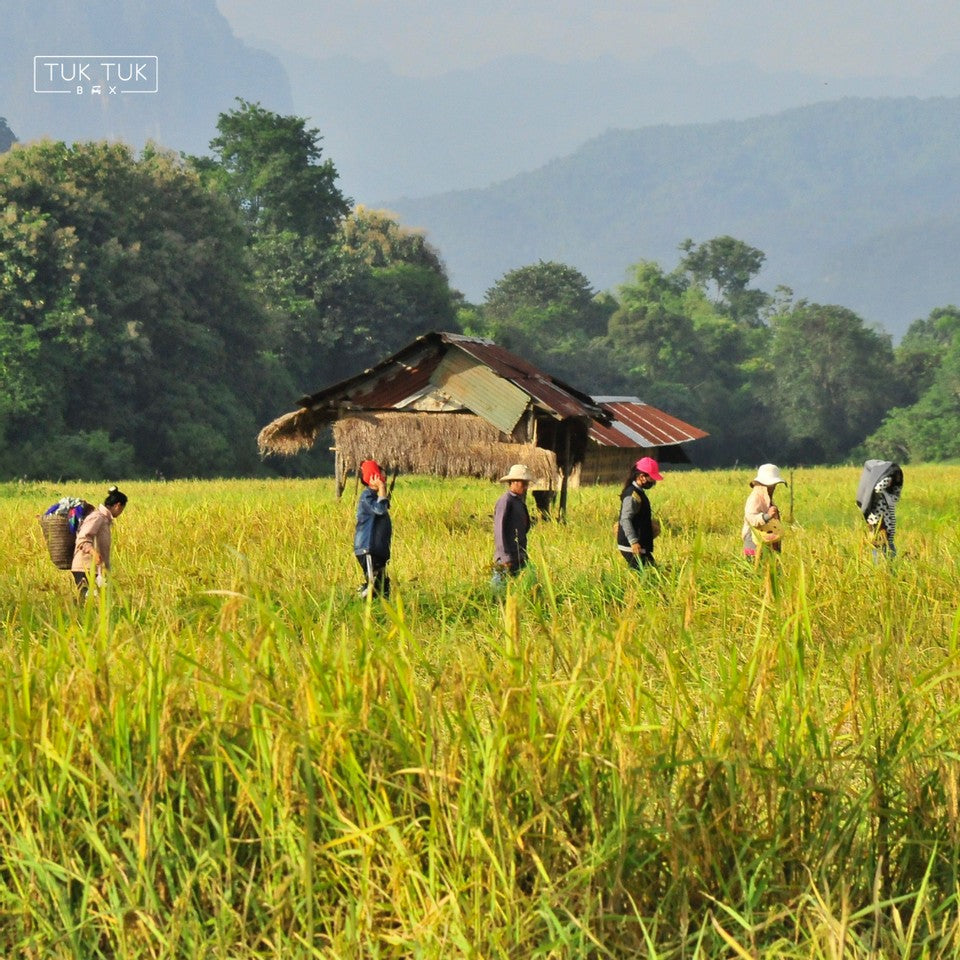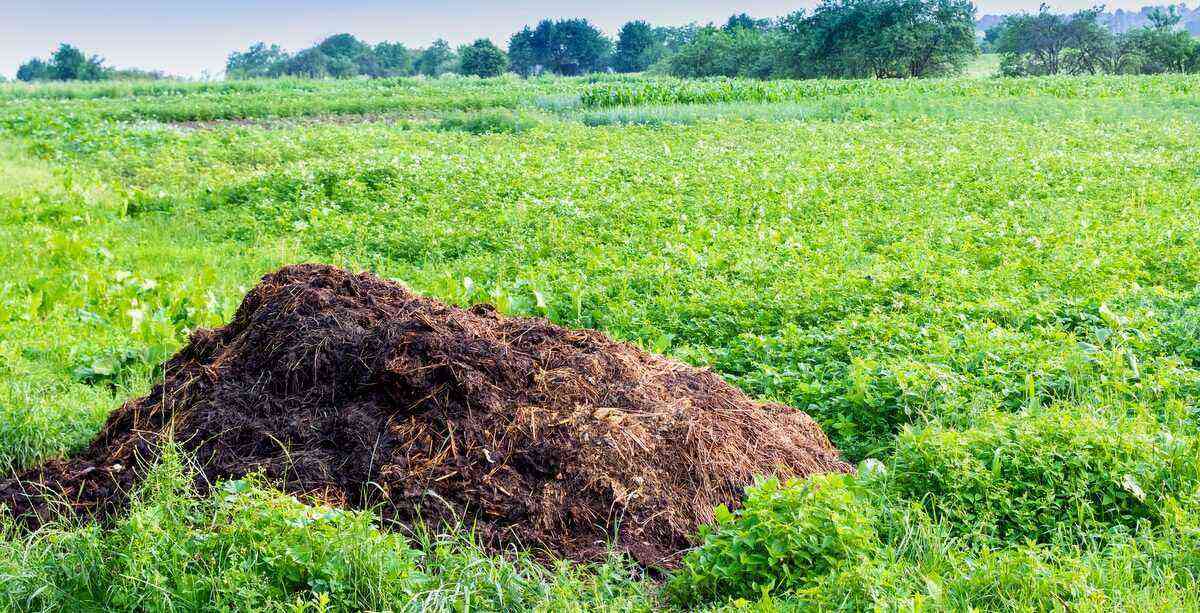More like a huge yellow garden in the middle of the farm, the sunflower crop draws the attention of passersby. The flowers have a curious feature: they rotate according to the position of the Sun.
In addition to this beauty, planting can be a good option for the farmer, as a rotation and succession of crops in grain producing regions, in addition to having varied commercial use. Oil, for example, is the second most consumed in the country and demand is still low.
Almost everything can be used from the plant: the stems and leaves present good production of green mass, the flowers attract pollinators to the planting areas, and the seeds, the main marketable part, are a source of oil.
planting in Brazil
The sunflower is a plant native to North America and can reach up to four meters in height. Known for their incredible beauty, these flowers are widely cultivated in different regions of the country.
Introduced in Brazil by European settlers, currently, commercial planting occurs mainly in the states of Mato Grosso, Minas Gerais, Goiás, Rio Grande do Sul, Mato Grosso do Sul, Rondônia, Paraná, Bahia and Ceará, mainly in the off-season, in direct sowing. , especially after soybean cultivation.
The Midwest region is the main producer (almost 80% of the total).
Sunflower is mainly intended to serve the edible oil industry or agro-industry, the bird market, the silage market, as well as the production of biodiesel.
Today, Brazil is only the twenty-sixth producer in the world, with 80 thousand tons/year, in a total area of just over 70 thousand hectares. The main countries are Ukraine (6,7 million tons) and Russia (5,3 million tons).
According to the National Supply Company (Conab), the sunflower cultivated area in the 2018-2019 harvest was 65,8 thousand hectares.
The survey also points out that sunflower is the fourth most planted oilseed in the world, representing 13% of all vegetable oil produced.
how to plant
Sunflower can be a good option for the farmer because its cycle is relatively short, normally 110 days. As with other crops, planting begins with a soil preparation that can be conventional as in the cultivation of a summer crop.

The sunflower growing cycle is relatively short, typically 110 days.
The conventional tillage system can be used, that is, one plowing and two harrowing or whatever is most suitable for the soil conditions of the place.
No-till can be adopted as long as the soil is ready to receive it. The important thing is that the soil is the best possible, in order to allow the sunflower roots to go deeper to ensure a good supply of water and to make it difficult or even prevent the plants to tip over.
It is a very resistant plant to climatic variations, in addition to not being very sensitive to variations in soil pH.
As with most crops, planting takes place through seeds and thinning is done after about 20 days, leaving one or two plants in each hole.
Sunflower sowing time varies depending on weather conditions and the management system to be adopted.
For most of the State of São Paulo, for example, the farmer is advised to plant in February, and this can be extended until March.
In sugarcane plantation areas, for example, the months of September to November are possible, however, excessive rainfall in this period can lead to problems with diseases, pollination and flower setting.
crop rotation
Sunflower is considered an excellent option for crop rotation and succession in grain producing regions, including improving soil quality, in addition to the organic matter left in the soil by its death.
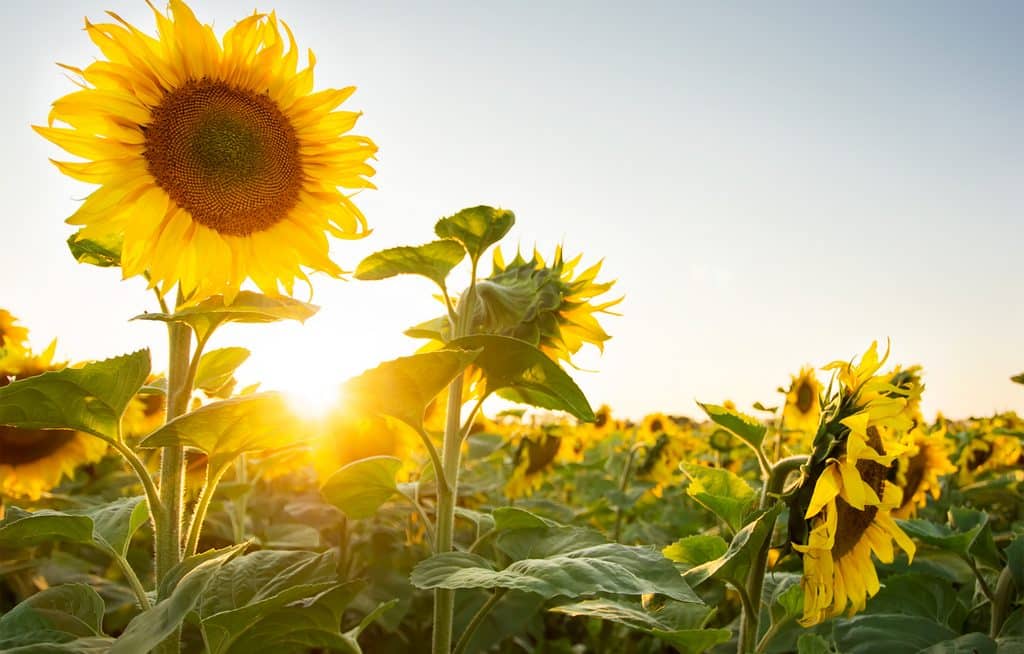
Sunflower can be used as crop rotation in grain producing regions
According to technicians, the soil benefits because the root, when reaching up to 2 meters deep in the earth, brings nutrients to the surface, making them available for the crop itself and for the following crops.
The main rotation options are corn and soybeans, mainly for medium and large rural producers, due to their lower sensitivity to drought and low temperatures, especially when production is aimed at the oil and silage market.
For the small producer, in addition to the advantages in succession and rotation, sunflower is an excellent producer of honey, grains for bird feed (second most common use of the plant) and human consumption.
In addition, the existence of a micro oil extraction plant, accessible to cooperatives, producer associations and even medium-sized farmers, allows the extraction of oil in cold, which serves both for medicinal purposes (multiple sclerosis) and for use household, on the property itself or on the local market.
Cultural treatments and diseases
Crop treatments are simple, that is, weeding and cleaning of the land, in the first weeks after planting. After that, the sunflower itself does the job.
Although it is a resistant plant, it suffers from the attack of caterpillars that eat the leaves of this vegetable.
The cultural treatments are done with the use of pesticides (lizards). Among the diseases that attack this crop, the main ones are rust and alternaria leaf spot, in addition to macrophomina rot.
Harvest
The farmer can choose to harvest the sunflower manually, using a machete or pruning shears, or mechanically, depending on the cultivated areas. With large areas of cultivation, mechanized planting and harvesting increase productivity.
The production should be stored in a dry place, with controlled temperature, good ventilation and, if possible, in cold chambers, which substantially improves the quality of storage.
Humidity control, the main factor to maintain the integrity of production in storage, must be maintained at around 9%.
Where you go?
In the international market, its main demand is the crushing industries that produce oil and bran and offer them to the food industries.

Sunflower oil is the second most consumed in Brazil and the demand is great.
Sunflower is one of the four largest sources of edible vegetable oil in the world. Today it is the second most consumed in the country and what is produced does not account for the market.
Sunflower can still be used in the hygiene and cosmetics industry, as an ingredient in moisturizing creams, lubricants and soaps. The fiber in the stem of the sunflower can be used in the manufacture of paper.
The flowers and stem of the plant are used in the manufacture of an alcoholic tincture that can be used in the treatment of respiratory and pulmonary diseases.
It has also been a good alternative for cattle feeding, replacing other grains.
In addition, biodiesel is emerging as one of the most viable productions in the entire national territory.
See also: How to plant sunflowers

